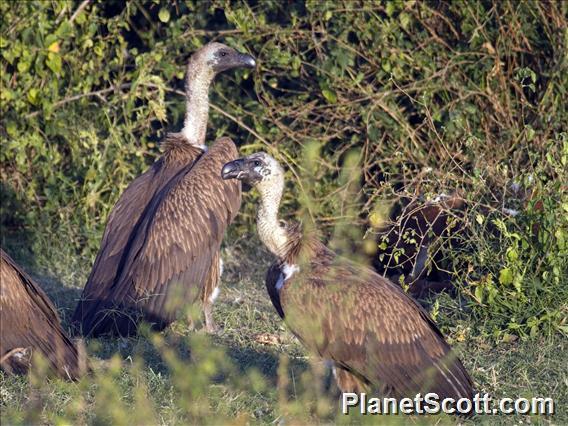White-backed Vulture (Gyps africanus)

White-backed Vulture (Gyps africanus)
×


White-backed Vulture (Gyps africanus)
About White-backed Vulture (Gyps africanus)
- Kingdom: Animals
- Phylum: Chordates
- Class: Birds
- Order: Hawks, Eagles, Kites, and Allies
- Family: Hawks, Eagles, and Kites
The white-backed vulture is an Old World vulture in the family Accipitridae, which also includes eagles, kites, buzzards and hawks. It is the most common vulture species in the continent of Africa.
Source: Wikipedia
Visits
-
2001-06-03
Victoria Falls, Zambia -
2011-01-07
Nechisar National Park, Ethiopia -
2011-01-13
Bale Mountains National Park, Ethiopia -
2013-10-24
Nairobi National Park, Kenya



